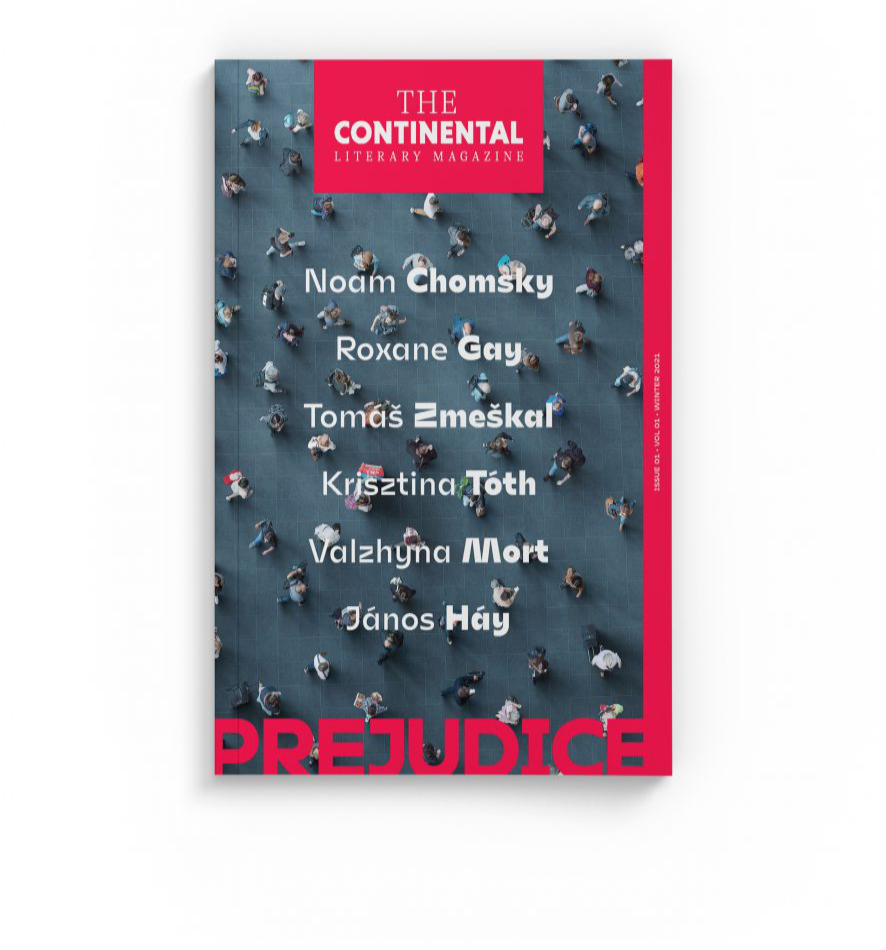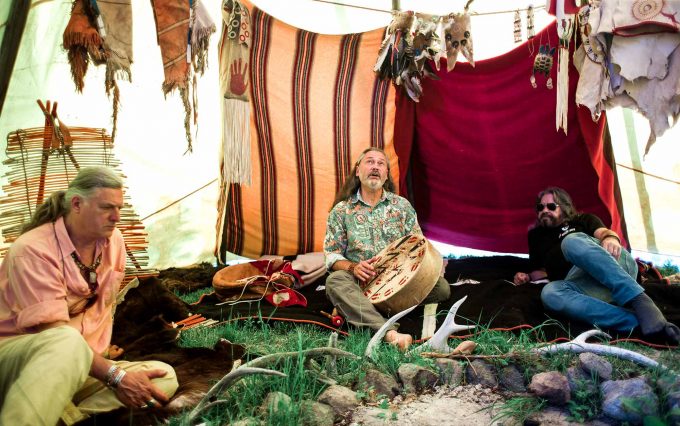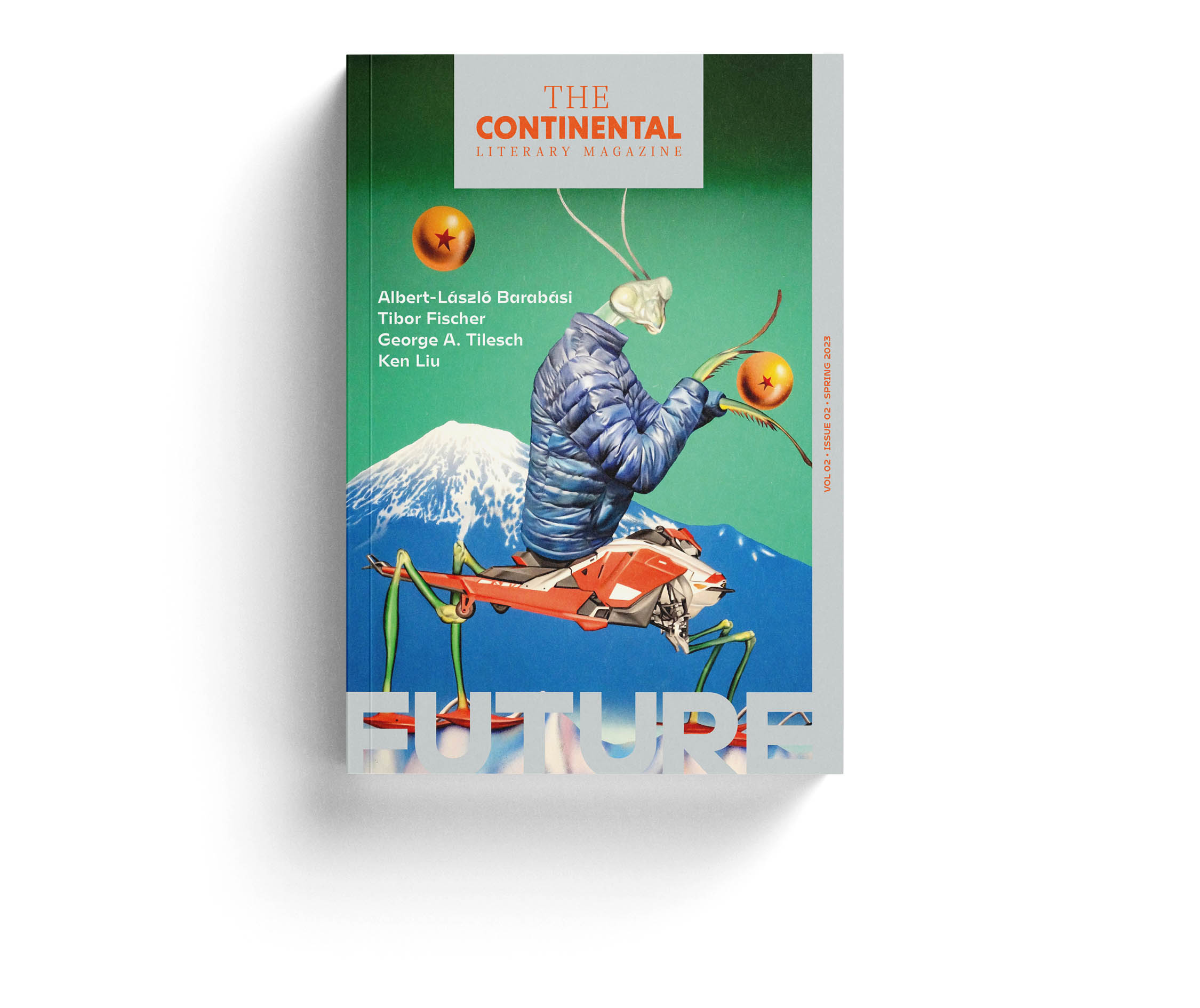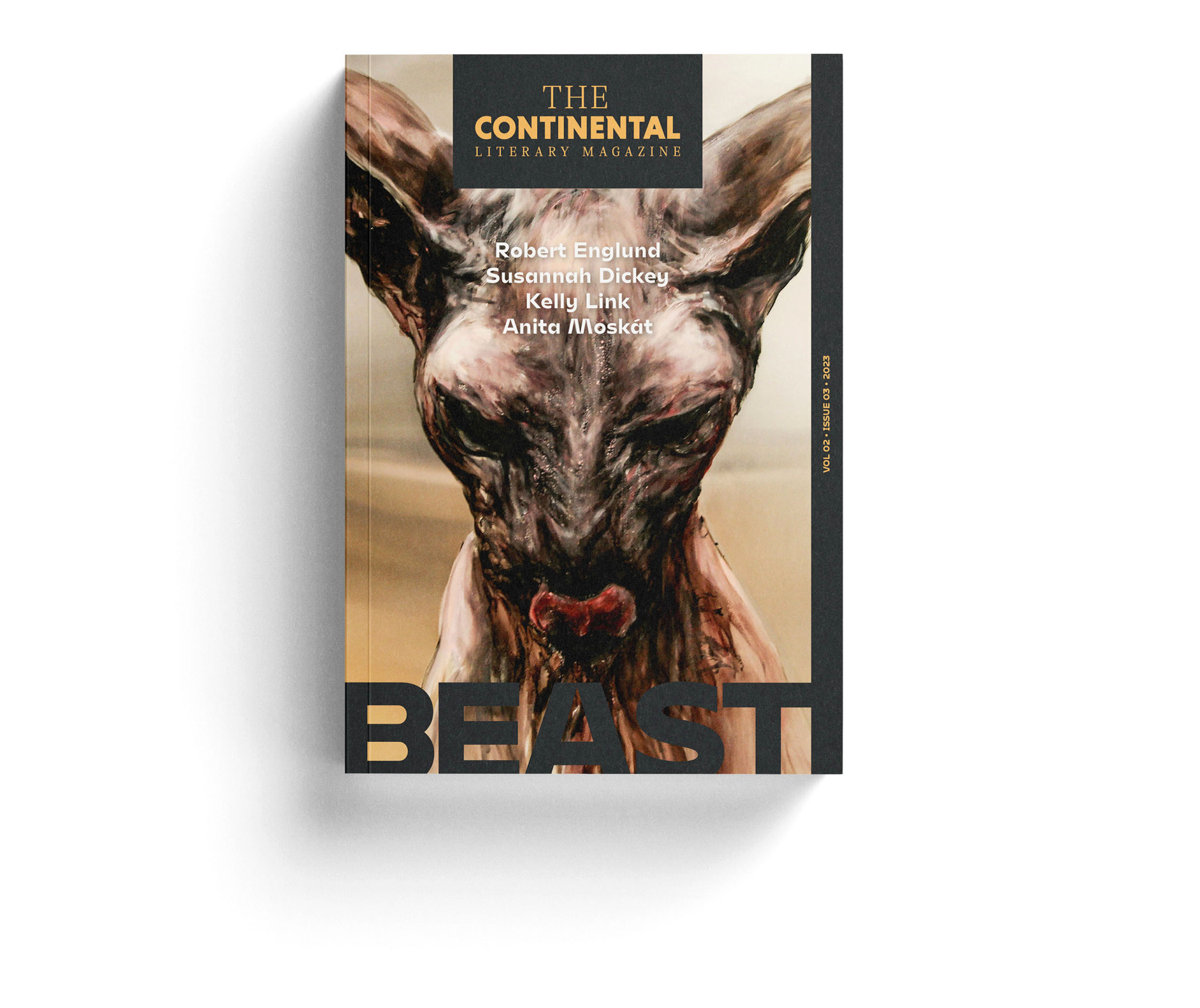
10th November 2021
Non-Fiction
27 minutes read
Indians

10th November 2021
27 minutes read
I was sitting in my apartment in Bolgona when I got a phone call from Gábor Gyukics, my Hungarian translator. I had been to Hungary several times, and my poems had been included in two anthologies. For a few years now, depending on how busy I’ve been or he’s been, Gábor has tried to set up readings for me in Hungary. These events are almost always well attended, and on my last reading tour in Hungary, I gave half a dozen interviews to various leading Hungarian newspapers.
Before anyone gets the wrong idea, let me note that I am not bragging. I am a Native American with half Cheyenne, half French roots. I grew up in an authentic Cheyenne family. My grandmother used to go into the city in a homemade long dress with a beaded belt and Cheyenne moccasins and a big Cheyenne scarf covering the scalping knife in her belt, because never once had she ventured into town without being accosted by the white man. Prairie nigger, gut eater, an innumerable array of slurs had been flung at her. Flung at any and all of us who stood in the way of corporate colonization.
An unusual cult of the American Indian flourishes in Hungary. I hope that the interest which my poetry has aroused is at least fifty percent about the poetry itself and not simply about my ethnic origins. Though the question doesn’t cause me undue concern.
So, there I was, sitting in my apartment, when Gábor called. It seemed odd that he would be getting in touch to ask me to do a reading tour just as the Covid pandemic was beginning to wind down, when most of us were scheduled to get our vaccinations, but it was still immensely complicated to travel. But that was not at all why he was calling. He informed me that a new journal was being launched in the United States with a strong focus on Central Europe, and they wanted to ask me to come to Hungary and write about the “Hungarian Indians.”
I listened for quite some time, and then I asked him if I had heard him right. Was he talking about Hungarian aboriginals? No, no, he explained, not Hungarian aboriginals. There were no aboriginals in Hungary, or at least not in the same sense that there were in the United States. There was a tradition in Hungary, almost a century old, of white people getting together in the woods to play Indian.
Furthermore, the whole thing is veiled in a kind of mysterious secrecy. The players who play the game do not speak about the other players. They do not reveal their names, for instance, and they also keep the specific site of the game a secret to ensure that the uninitiated do not get involved. From the way Gábor spoke about the whole affair, it seemed as if the lovechild of cultural appropriation and Freemasonry was frolicking somewhere in the forests of Hungary.
My first response, I think, was anger. Why should I waste a word on anyone who in 2021 thinks they can steal a culture which belongs to others and claim it as their own? And why would he ask me, of all people, to write about this?
I am 76 years old. A Cheyenne-Lakota-Cajun and French mix. Tsitsistas originally. Cheyenne is a name given to our people by the white man.
I have spent most of my life fighting all of the world for the interests of my own people and whichever group of indigenous peoples happened to be suffering oppression and colonization at the moment. At the United Nations Indigenous Peoples Conference in Geneva in 1988, I represented the Southern Cheyenne, I smuggled books over the Berlin Wall, and I served in the U.S. Marine Corps.
I have traveled the world, I have eaten soup with bounty hunters in Papua New Guinea, and I have been accused by the U.S. State Department of inciting a riot at the University of Port Moresby a few decades ago. Of all this, I consider two things most important: that I am a poet and that I grew up in my tribe’s traditional system of ritual and ceremony. These two things define me.
I am also a member of the Cheyenne Dog Soldiers. It is an invitation-only club consisting of warriors from our tribe. The Dog Soldiers are the people who stood up to the white man. Only someone who has killed a man can be a member.
I didn’t think for a moment that Gábor was perhaps trying to get me to excuse cultural appropriation. We are better friends than that. Brothers, as we say after a few glasses of wine. I am the last person who would handle the white man, who first took our land and now seeks to make off with our culture, with kids’ gloves, no matter which corner of the globe he might be doing it in.
And I was quite right not to doubt my old friend. Gábor reassured me that no one expected any such thing of me. “And besides,” he told me, “the Hungarian Indians are interesting. In contrast with other white people who play Indian, the ‘Indian’ games in Hungary were a form of resistance against fascism and communism, the authoritarian systems that ravaged the country over the course of the twentieth-century.”
I asked him to give me a few days to think. Before saying yes, I exchanged letters with the editor-in-chief of the magazine, who confirmed that he was putting no particular expectations on me. I could write whatever I wanted to about these Hungarian Indians. I became more and more curious to discover why, in their struggle against communism, Hungarians wanted to be Indians.
Why Indians?
I grew up in an America in which being an indigenous person was a symbol. The symbol of an obstacle to progress. Something that stands in the way of corporate progress. And so in that spirit, they literally did everything to destroy our people, but most of all our culture. They took our children, they destroyed our organizations, they banned our languages. And then white people started teaching our medicines and cures, our languages, our customs to other white people in white people’s universities.
And if one were to think this is all merely part of a shameful past, one could not be more wrong. Under President Trump’s shameful reign, nations have once again had to rise up to put a stop to corporate greed. At Standing Rock, again we had to take a stand, this time for water. Young people put up teepees in the paths of oil pipelines to stop them from polluting the clean waters of our rivers for profit. Water is life, and you can’t drink oil. I rather doubt anyone could argue with that. Yet they used tear gas and rubber bullets to disperse us.
I couldn’t really understand why anyone would want to be an Indian when Indians have suffered so much misery and cruelty.
I arrived at Budapest’s Liszt Ferenc Airport with a letter of invitation in hand, which was supposed to exempt me from the otherwise mandatory two-week quarantine period. Hungary has strict measures in place because of the pandemic: only people who have entered the country to work are exempt from quarantine.
The border guard studied the letter at length as he entered my info into the computer. I sensed a certain respect in his voice when he gave me back my passport. An Indian had come to write about “Indians.”
Native Americans, I should note, pop up over and over again in Hungarian domestic and foreign policy. Most recently, during the refugee crisis, Hungarian Prime Minister Viktor Orbán compared the inhumane measures taken by the government against refugees to the embittered struggle of Native Americans for their land against colonialists. This tasteless parallel, of course, didn’t meet with much protest. And yet never has a Native American people taken up arms against refugees fleeing war.
Gábor was waiting for me at the airport, and he kindly shuttled me to my hotel room. After a few glasses of wine, I bid him goodnight and withdrew to study the secondary literature which had been put at my disposal in the hopes of coming to some grasp of what had led to this cult of the Native American in Hungary.
Clearly, the indigenous American is a symbol in Europe. In contrast, however, with the meanings that prevail in North America, in Central Europe, the indigenous American is a symbol of dignity, justice, courage, and valor. Every Hungarian has heard of Indians, and every Hungarian has an infinitely idealized image of us.







